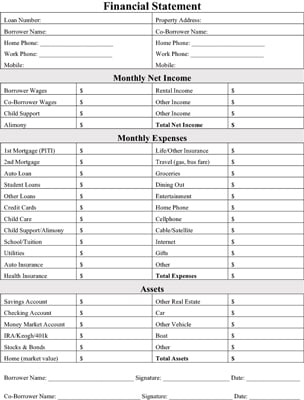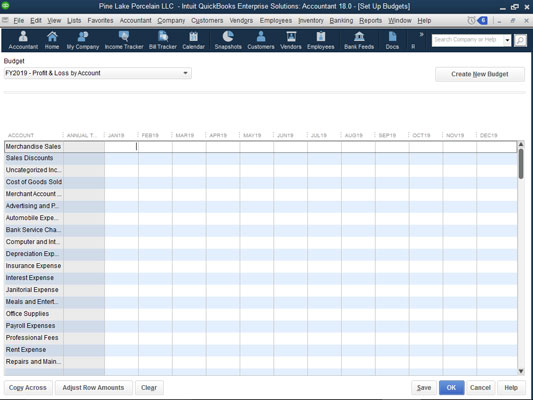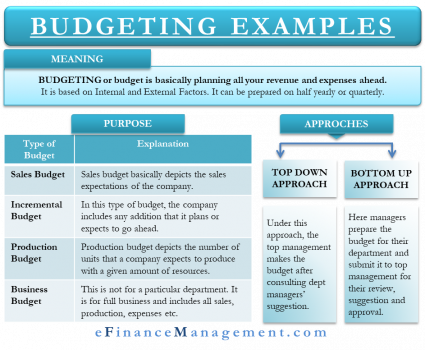

Watch out for things like “interfund transfers” where money is moved from one bucket to another-and debt, which can hide in all sorts of places. If you live in Asheville, did you know that more than 30% of your general fund is paying for your water system? Is that an appropriate percentage? This is going to depend on your other expenses and sources of revenue, but the more informed you can be about these sorts of costs, the better. Start tracking the relationship between income and expenses. For instance at 12:00, Josh notices the total general fund is $130 million and it takes $40 million to run the municipal water system. (5:00) These might include General Fund-the main pot which includes police, public works, etc.-and Enterprise Funds, items that function like a business but are part of government (sometimes utilities, parking these can get confusing because some are owned by government but managed by another party, or some other variation) Note: City governments often don’t do a great job of accounting for or displaying one-time expenses that only happen occasionally, like new construction projects, road repaving work. Start noting the many different pots of money feeding your government. For Maxine, she was especially paying attention to that transportation funding, as well as basic numbers like the General Fund income.

Add important info that you’re interested in tracking to the Excel doc as you go along.

(3:15) Pro tip: The more boring the table, the more info it probably has for you. Open an Excel spreadsheet and get ready to scroll through the budget document until you see some charts. not the current year’s budget-otherwise you’ll be looking at projections instead of concrete numbers. Josh also suggests picking a budget that is complete-i.e. Pick your city and do an internet search for the most recent version of your municipal budget. (2:25) As Josh notes: It’s a nice indicator of civic pride if your government website is the first hit for this search, vs. Time to learn: how much money does the city have? Where is it coming from? And where is it going?

We’ve also outlined the steps to budget understanding below (and you can refer to the video for any of these steps using the provided timecodes).
Creating a budget for dummies full#
If you want to experience the full walk-through of Josh and Maxine digging into the Asheville city budget, watch this video. But by starting to look through a city budget, you can learn which information is important, where to find it, and where to go if you have further questions. What she and Josh learned in the process is that budgets are indeed complicated-they take many twists and turns, and plenty of info is buried under different boxes and buckets. She was particularly curious about transportation funding-and the breakdown between sidewalks, transit and roads-as well as the police budget in her town. most of us.įor this demonstration, Maxine chose to investigate Asheville, NC where she lives. In it, Josh McCarty, a seasoned budget examiner who sifts through these documents on a regular basis to uncover the financial productivity of cities around the country, talks with Maxine Eng, an intern at Urban3 who is, in this video, filling the roll of “regular person who’s never looked too closely at a municipal budget before” -i.e. Our friends at Urban3 put together this video to help.
Creating a budget for dummies pdf#
It can be intimidating to try and wade through a 200-page government PDF filled with obscure acronyms and confusing charts, but we’re here today to lift the veil on municipal budgets and give you the confidence to take a look at yours. Do you know how much money your city takes in each year and from where? Or how about whether your city spends more on roads or schools?


 0 kommentar(er)
0 kommentar(er)
